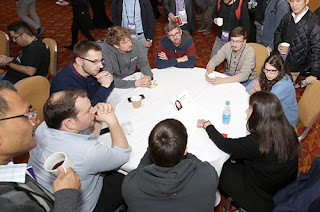Large software developments need as many checks and balances as possible to ensure a quality product. One proven technique is the use of an organization independent of the development team to conduct validation and verification (V&V). Validation is the process of examining each intermediate product of software development to ensure that it conforms to the previous product. For example, validation ensures that software requirements meet system requirements, that high-level software design satisfies all the software requirements (and none other), that algorithms satisfy the component's external specification, that code implements the algorithms, and so on. Verification is the process of examining each intermediate product of software development to ensure that it satisfies the requirements.
You can think of V&V as a solution to the children's game of telephone. In telephone, a group of children form a chain and a specific oral message is whispered down the line. At the end, the last child tells what he or she heard, and it is rarely the same as the initial message. Validation would cause each child to ask the previous child, "Did you say x?" Verification would cause each child to ask the first child, "Did you say x?"
On a project, V&V should be planned early. It can be documented in the quality assurance plan or it can exist in a separate V&V plan. In either case, its procedures, players, actions, and results should be approved at roughly the same time the software requirements specification is approved.
Reference:
Wallace, D. and Fujii, R., "Software Verification and Validation: An Overview," IEEE Software, May 1989.








